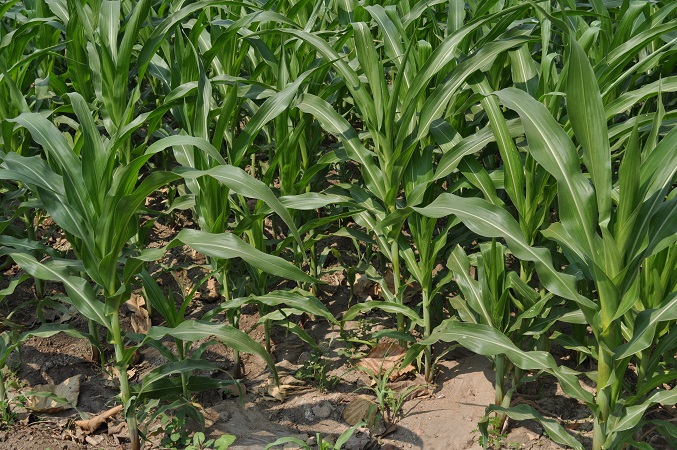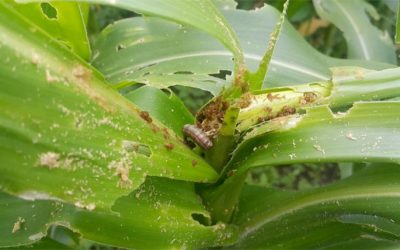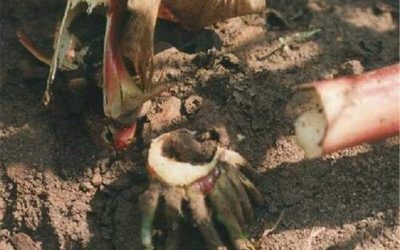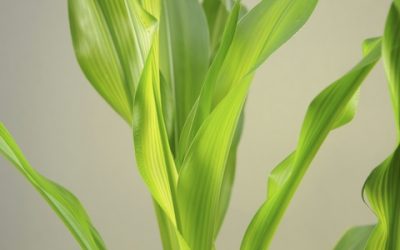
1. Weed control, especially in the first 10 weeks after crop emergence is essential. Hoeing is effective, and is easiest when weeds are small and on small portions. However, if the fields are bigger enough and your management is good, herbicides are recommended. There is a wide selection of pre-emergence herbicides for maize, but a common combination is Alachlor/Metalachlor and Atrazine applied pre-emergence. When applying herbicides, read and follow the label instructions and take the necessary safety precautions.
2. Rain-harvesting techniques should be employed as early as possible, e.g., mulching, potholing, tied-ridging or wet ripping. This is particularly beneficial in the dry areas where rainfall is unreliable.
3. Top dress with Ammonium Nitrate/Urea when the maize is 4 to 6 weeks old. Maize on sandy soils may require a split top-dressing, with the first half applied at 4 weeks and the second at 7 weeks after emergence. Use appropriate sized fertiliser cups to place the fertiliser near each plant, or dribble-band the fertiliser along the row with a suitably calibrated pipe attached to a bag (chola). Fertiliser applicators are recommended to band top dressing fertilizer on the interrows.
These can be calibrated and adjusted depending on the intended rates.
4. Check for stalk borer damage at 4 to 6 weeks after planting. The characteristic evidence of early infection of stalk borer is the appearance of numerous small holes in the new leaves in the funnel. If necessary apply insecticide granules or sprays into the funnels of the maize plants to control stalkborers. It is important to control the first generation of stalkborers, otherwise a second generation may develop which will be more numerous and difficult to control.
5. Start to check for Fall Army Worm damage at 2 to 3 weeks after planting and make spraying decisions early before damage reaches economic levels. Leaves show typical bullet-shot holes and leaves dry horse manure-like droppings called frass on the leaves particularly the central whorl. Leaves show a typical “window pane” damage. The damage includes holes on the stem causing significant stalk lodge, the cob and the tassel.
6. Control late weeds with the hoe or herbicides from flowering onwards, as this reduces weed pressure, weed seed reservoirs, and also makes the harvesting operation easier.
7. Harvest the crop as early as possible to reduce in-field losses. If whole cobs are harvested and placed in an outside grain crib for storage until shelling, protect this from rain. Shell the cobs as soon as possible to minimise infection by weevils. Store the grain when it is dry and protect it from insects and rodents. The best place for grain storage is a cool dry room that prohibits the entry of moisture and rodents. The application of a grain protectant chemical will prevent infection by weevils and other storage pests


